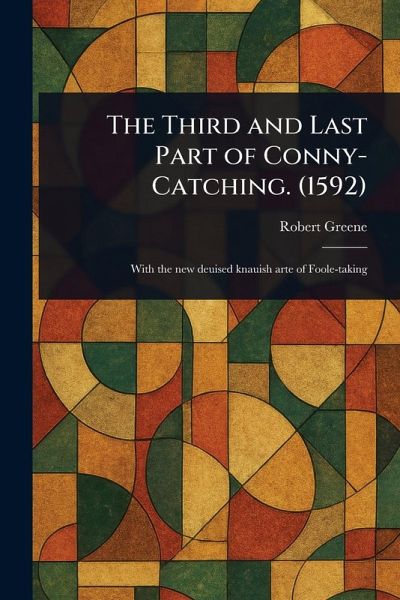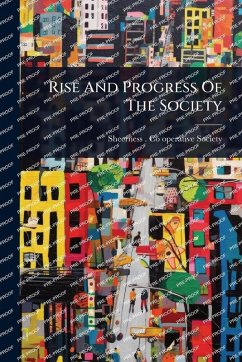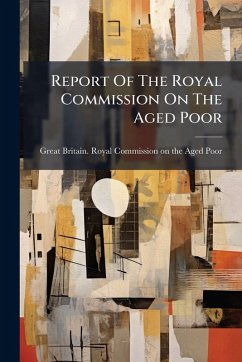
The Third and Last Part of Conny-Catching. (1592)
Versandkostenfrei!
Versandfertig in über 4 Wochen
14,99 €
inkl. MwSt.
Weitere Ausgaben:

PAYBACK Punkte
7 °P sammeln!
Dive into the underbelly of 16th-century London with "The Third And Last Part Of Conny-Catching," a fascinating exploration of crime and deception in Elizabethan England. Penned by R. G., this historical account, subtitled "With the new deuised knauish arte of Foole-taking," offers a unique glimpse into the social life, manners, and customs of the era. Explore the cunning strategies and elaborate schemes employed by London's criminal element as they preyed on unsuspecting individuals. This meticulously prepared edition provides invaluable insight into the darker side of England's past. A compe...
Dive into the underbelly of 16th-century London with "The Third And Last Part Of Conny-Catching," a fascinating exploration of crime and deception in Elizabethan England. Penned by R. G., this historical account, subtitled "With the new deuised knauish arte of Foole-taking," offers a unique glimpse into the social life, manners, and customs of the era. Explore the cunning strategies and elaborate schemes employed by London's criminal element as they preyed on unsuspecting individuals. This meticulously prepared edition provides invaluable insight into the darker side of England's past. A compelling read for those interested in criminology, social history, and the intricate tapestry of life in early modern Europe, specifically Great Britain. Discover a world of trickery and deceit that continues to captivate and intrigue. This work has been selected by scholars as being culturally important, and is part of the knowledge base of civilization as we know it. This work is in the public domain in the United States of America, and possibly other nations. Within the United States, you may freely copy and distribute this work, as no entity (individual or corporate) has a copyright on the body of the work. Scholars believe, and we concur, that this work is important enough to be preserved, reproduced, and made generally available to the public. We appreciate your support of the preservation process, and thank you for being an important part of keeping this knowledge alive and relevant.














